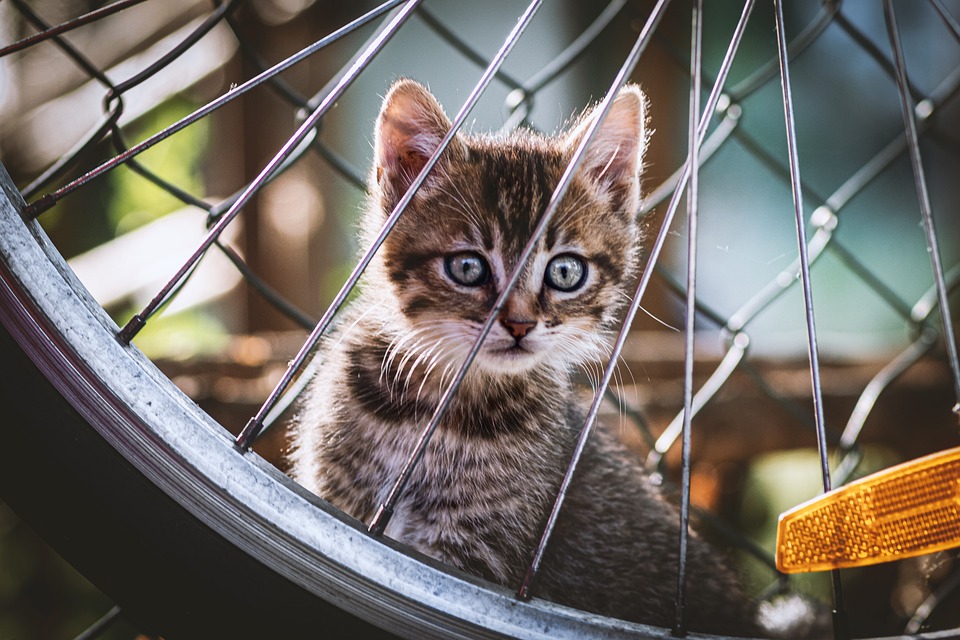Keeping your pet’s nails properly trimmed is not just about aesthetics, it is an essential part of their overall grooming routine. Regular nail trims for your cat can prevent painful and potentially dangerous issues, while also promoting their overall health and well-being. In this article, we will explore the importance of regular nail trims for your pet and provide valuable tips and insights for successful nail care.
One of the primary benefits of regular nail trims is preventing painful injuries and discomfort. Overgrown nails can curl and grow into your cat’s paw pads, causing pain, inflammation, and even infection. Additionally, long nails can snag on surfaces and get caught, leading to torn nails or broken toes. By keeping your cat’s nails properly trimmed, you can prevent these painful issues and ensure their comfort and mobility.
Regular nail trims also protect your cat’s health and well-being. When nails become too long, they can alter your cat’s gait and posture, leading to joint pain and arthritis. By maintaining proper nail length, you can help your cat maintain their natural alignment and prevent unnecessary strain on their joints. Additionally, trimming your cat’s nails reduces the risk of ingrown nails, which can be extremely painful and require veterinary intervention.
Beyond the physical benefits, regular nail trims can help maintain a harmonious relationship with your pet. Overgrown nails can cause discomfort and pain, leading to behavioral issues such as aggression or avoidance. By keeping your cat’s nails at an appropriate length, you can ensure that they are comfortable and happy, fostering a strong bond and positive interactions.
Now that we understand the benefits of regular nail trims, let’s explore how to properly trim your cat’s nails. First, gather the necessary tools and supplies, including specialized cat nail clippers or guillotine-style trimmers. Human nail clippers may not be suitable, as they can cause discomfort or potential injury to your cat’s nails. It is also a good idea to have styptic powder or cornstarch on hand to stop bleeding in case you accidentally cut the quick, the sensitive blood vessel inside the nail.
Next, it is important to get your cat comfortable with nail trims. Start by touching their paws gently and rewarding them with treats. Over time, progress to holding their paws, then using clippers without actually trimming. This gradual approach helps your cat associate nail trims with positive experiences and reduces their resistance.
When you are ready to trim your cat’s nails, follow this step-by-step guide for successful nail trimming. Choose the right time and place where your cat is relaxed and comfortable. Use proper handling techniques, ensuring that you have a firm grip on your cat’s paw without causing them discomfort. Finally, employ trimming techniques and precautions, making sure to avoid cutting the quick. If you accidentally cut the quick, apply styptic powder or cornstarch and apply gentle pressure to stop bleeding. If bleeding persists or your cat shows signs of distress, consult your veterinarian for further assistance.
Now, let’s address some frequently asked questions about nail trims for cats. How often should you trim your cat’s nails? The frequency depends on your cat’s lifestyle and activity level, but on average, trimming every 2-4 weeks is recommended. Indoor cats may require more frequent trims, as they do not naturally wear down their nails.
Can you use human nail clippers for your cat? It is best to use specialized cat nail clippers or guillotine-style trimmers designed for pets. Human nail clippers may not be suitable and can cause discomfort or potential injury to your cat’s nails.
What happens if you accidentally cut the quick? Accidentally cutting the quick can cause bleeding and pain. Have styptic powder or cornstarch on hand to stop bleeding, and apply gentle pressure for a few minutes. If bleeding persists or your cat shows signs of distress, consult your veterinarian for further guidance.
What if your cat is resistant to nail trims? If your cat is resistant, it is crucial to gradually introduce them to the process. Start by touching their paws gently and rewarding them with treats. Over time, progress to holding their paws and using clippers without trimming. Patience, positive reinforcement, and seeking professional help if needed can make the process easier.
Are there alternatives to nail trimming for cats? Yes, providing scratching posts, boards, or mats can help cats naturally wear down their nails. Regular nail filing may also be an option, but it requires training and patience.
In conclusion, regular nail trims are vital for your cat’s well-being and should be included in their grooming routine. By understanding the benefits, learning the proper techniques, and addressing common concerns, you can ensure a safe and comfortable nail trimming experience for both you and your feline companion. Remember, if you are unsure or have any concerns, consult your veterinarian for professional advice and assistance.








